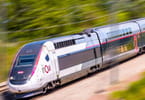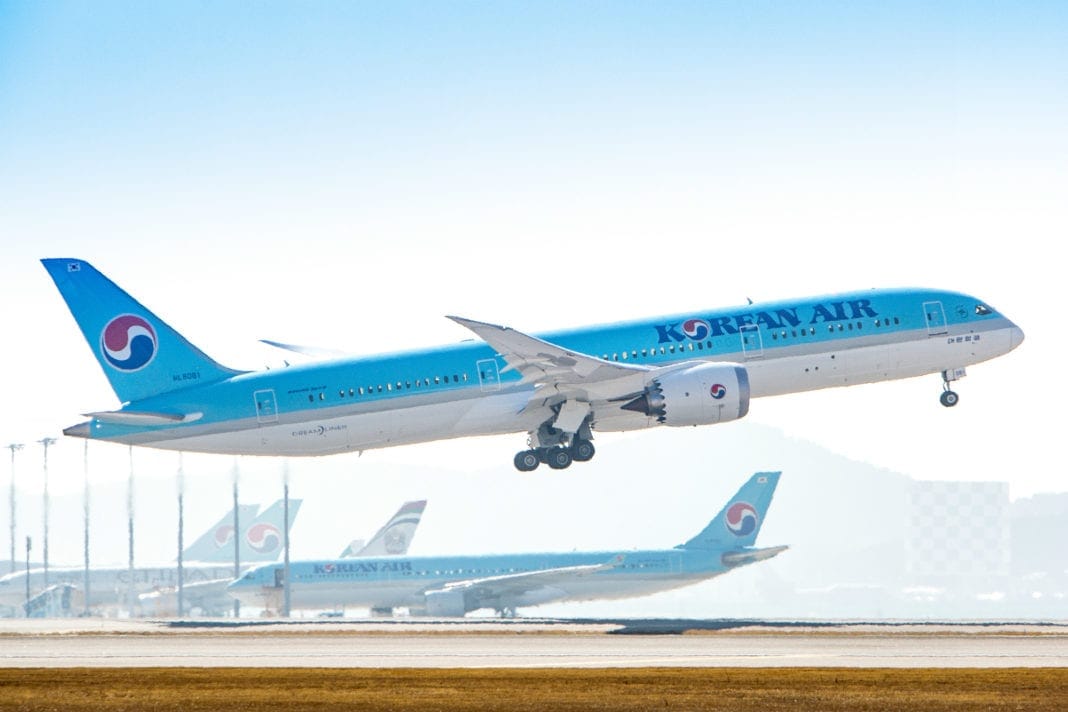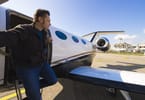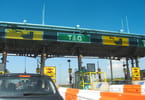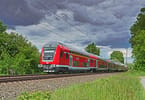Bankruptcies, restructurings, pay cuts and radical changes in airplane fleets and schedules were supposed to lower costs at older airlines so they could afford to match the cheap fares offered by upstart low-cost carriers.
It hasn’t turned out that way. The “cost gap” between so-called legacy airlines that have been around for decades and younger low-fare carriers has remained, according to new analysis from consultancy Oliver Wyman. In the long term, this could make it harder for older airlines to match very low fares.
“I expected something different. I expected some shrinkage of the gap,” says Andrew Watterson, a partner at Oliver Wyman, a unit of Marsh & McLennan Cos.
Instead, low-cost carriers have been able to reduce their costs even more as their rivals tried to catch up. They maintained an advantage over bigger airlines in productivity, allowing them to fly seats at lower cost than rivals. They also have a labor-cost advantage: Even though wage rates have been slashed, older airlines have higher percentages of workers at top-scale seniority.
“It’s largely the cost of an older airline,” says Douglas Parker, chief executive of US Airways Group Inc., whose company is the combination of a legacy airline, US Airways, and a start-up, America West Airlines. On the “east side” of the company — the original US Airways — every pilot is at the top of the pay scale.
“That’s not the case at JetBlue or AirTran or Southwest,” Mr. Parker says. “Even if the scale is the same, the cockpit costs are different.”
For consumers, the aggressive cost-cutting at airlines has produced a prolonged period of very low fares. By slashing costs and improving efficiency, airlines have positioned themselves to better weather the recession. Since demand dropped, they’ve offered deeply discounted prices and yet haven’t had to rush to bankruptcy courts for protection, as many airlines have in the past. Layering on fees for everything from checking bags to redeeming frequent-flier tickets has helped, too.
That could change because of the persistent cost gap, which may end up separating airlines that can survive by offering cheap tickets from those that will run out of money. For the past several years, strong business travel and demand for premium tickets on international routes gave higher-cost airlines enough revenue to overcome the cost gap. But the recession has drained high-dollar business travel, leaving higher-cost airlines to compete more directly with discounters for cheap-fare passengers.
Just consider Canada, where incumbent Air Canada restructured in bankruptcy in 2004, but couldn’t get its costs down as low as those of WestJet Airlines Ltd., its low-fare rival. Now Air Canada is struggling; its $400 million credit line was suspended last fall. Chief Executive Montie Brewer resigned last week, and major debt and pension obligations are coming due later this year.
Airlines measure unit costs and revenue by spreading it over seat miles — each seat flown one mile. In the third quarter last year, when fuel prices were still high, revenue generated by AMR Corp.’s American, Delta Air Lines Inc., Continental Airlines Inc., Northwest Airlines Corp., UAL Corp.’s United and US Airways averaged 12.46 cents per seat mile, according to Oliver Wyman’s study, while costs were 14.68 cents per seat mile on average. On each seat mile, those airlines were losing money.
The average for Frontier Airlines Holdings Inc., AirTran Holdings Inc., JetBlue Airways Corp. and Southwest Airlines Co. showed how the low-cost airlines fared better. Average revenue per seat mile was 10.92 cents, just above average costs of 10.87 cents per seat mile. Average costs of the legacy airlines last year were 35% higher than average unit costs of the low-cost carriers.
In 2003, as airlines were beginning their massive restructurings, Oliver Wyman found low-cost airlines had a “cost gap” advantage over legacy airlines of 2.7 cents per seat mile. Last year, the gap was 3.8 cents per seat mile. In percentage terms, the gap has remained roughly the same over the past six years — legacy airline costs have been, on average, 23% to 27% higher than low-cost airlines per seat mile.
Even taking fuel out of the comparisons and nullifying the advantage Southwest has because of fuel hedges — purchased when oil prices were low that saved the company billions of dollars — doesn’t change the cost-gap reality. Some of the cost gap is unavoidable. Big international operations bring with them higher costs (but also higher revenue). Big hub operations are labor- and equipment-intensive and not nearly as efficient because planes and employees sit around longer and gates can sit empty longer. Low-cost airlines typically avoid connecting scads of customers through big hubs and often empty and refill airplanes on the ground much faster.
The payoff for higher-cost airlines is supposed to be higher revenue. Lots of international flights attract high-dollar corporate fliers, for example, and extensive networks create more opportunity to connect more passengers. That has worked well for airlines when the economy is strong and business travelers are paying top-dollar for tickets. David Barger, chief executive of JetBlue Airways, says high oil prices last year overwhelmed airlines and made all carriers high-cost carriers. “When oil went up, we lost a lot of our advantage,” he says. “As it came down, the lower-cost guys regained our advantage.”
The key to keep costs low, he says, is growth — another area where the low-cost carriers have an edge. Airlines that grow add new airplanes that don’t yet have lots of maintenance costs or reliability issues. Growing airlines hire employees at the bottom of wage scales. Conversely, airlines that are shrinking have a harder time reducing unit costs. They may ground airplanes but still have to keep up payments on them. They may be paying leases on airport gates and counter space they no longer use. Management expenses may be spread over fewer passengers, raising the company’s costs per passenger.
Low-cost carriers have been steadily capturing a bigger percentage of domestic air travel, carrying 26% of domestic passengers in 2003 and 31% by 2007, according to a Raymond James & Associates Inc. report. Legacy airlines dropped from 56% of passengers in 2003 to 48% in 2007.
WHAT TO TAKE AWAY FROM THIS ARTICLE:
- Just consider Canada, where incumbent Air Canada restructured in bankruptcy in 2004, but couldn’t get its costs down as low as those of WestJet Airlines Ltd.
- , whose company is the combination of a legacy airline, US Airways, and a start-up, America West Airlines.
- In 2003, as airlines were beginning their massive restructurings, Oliver Wyman found low-cost airlines had a “cost gap”.




